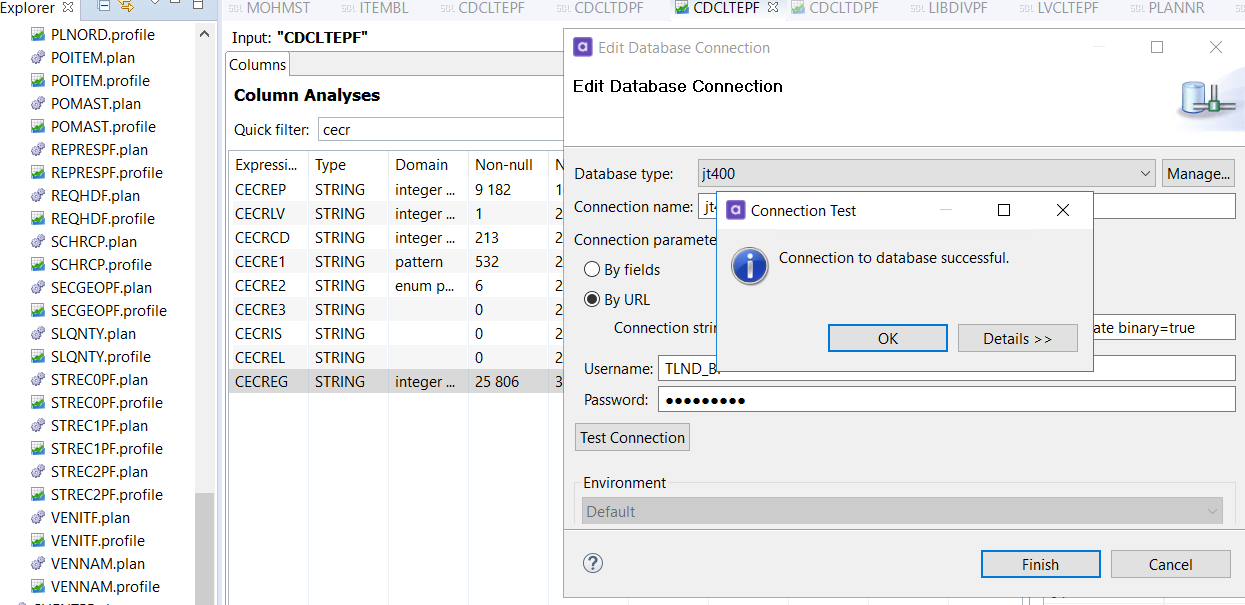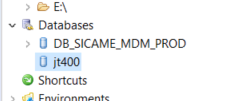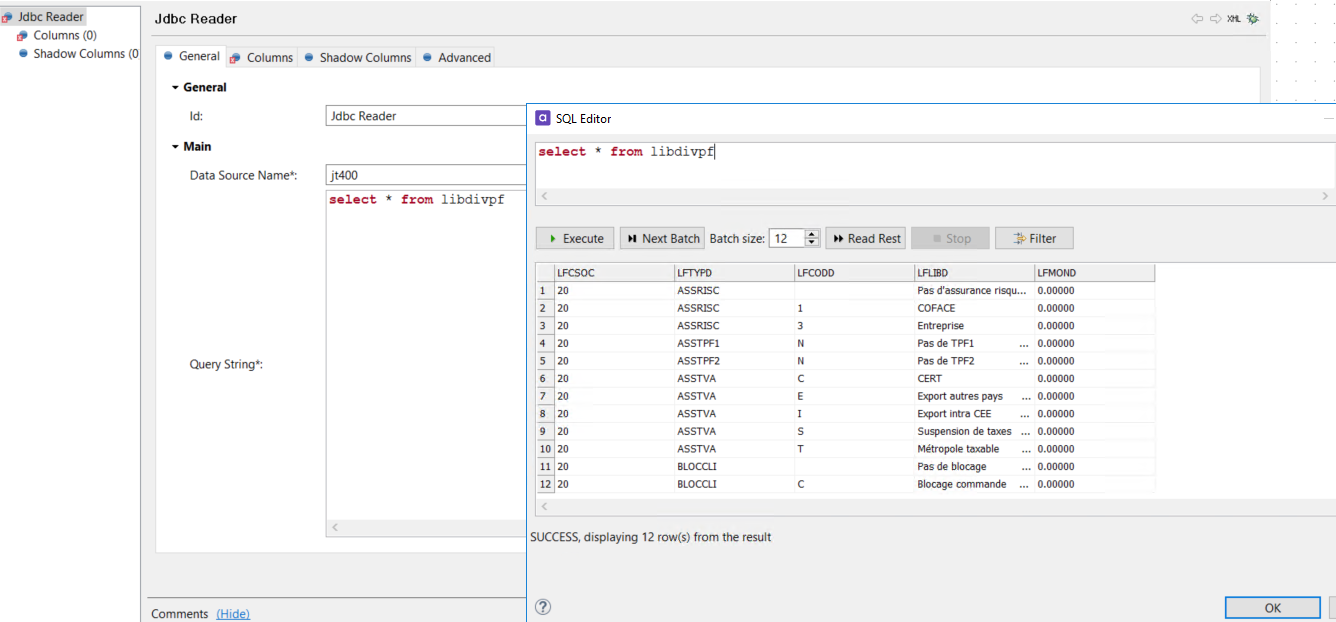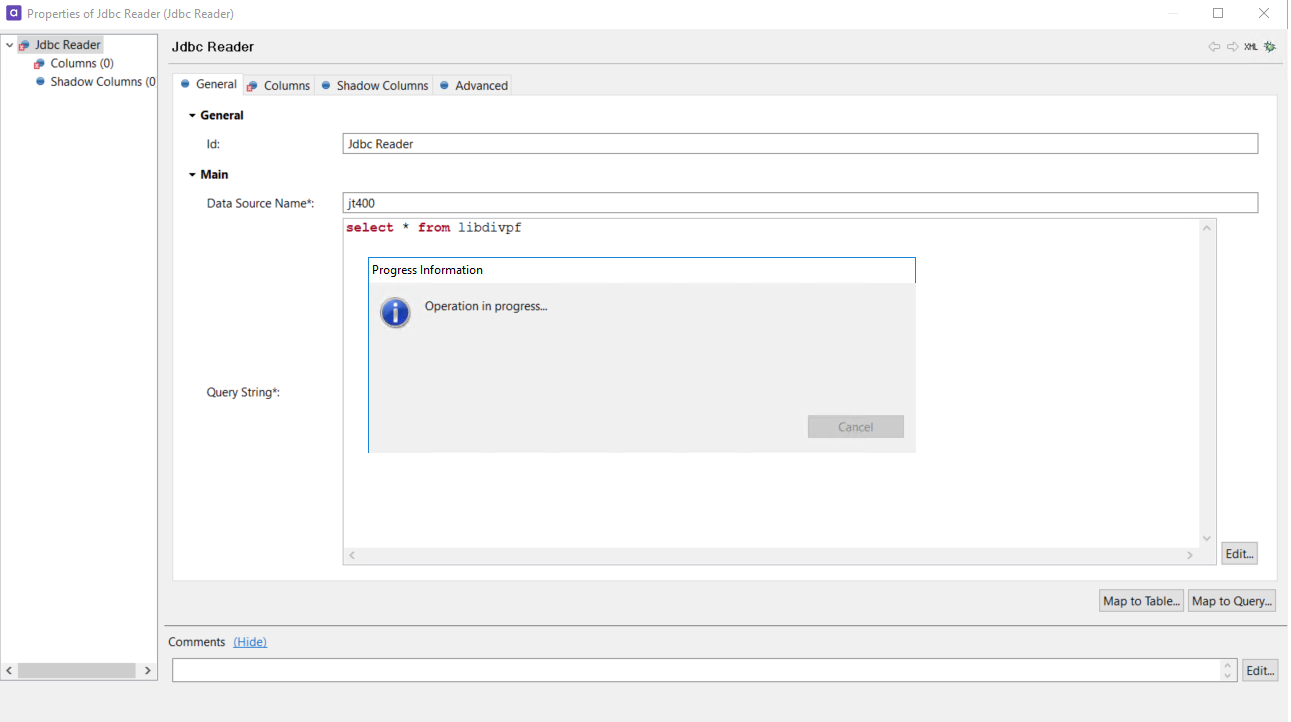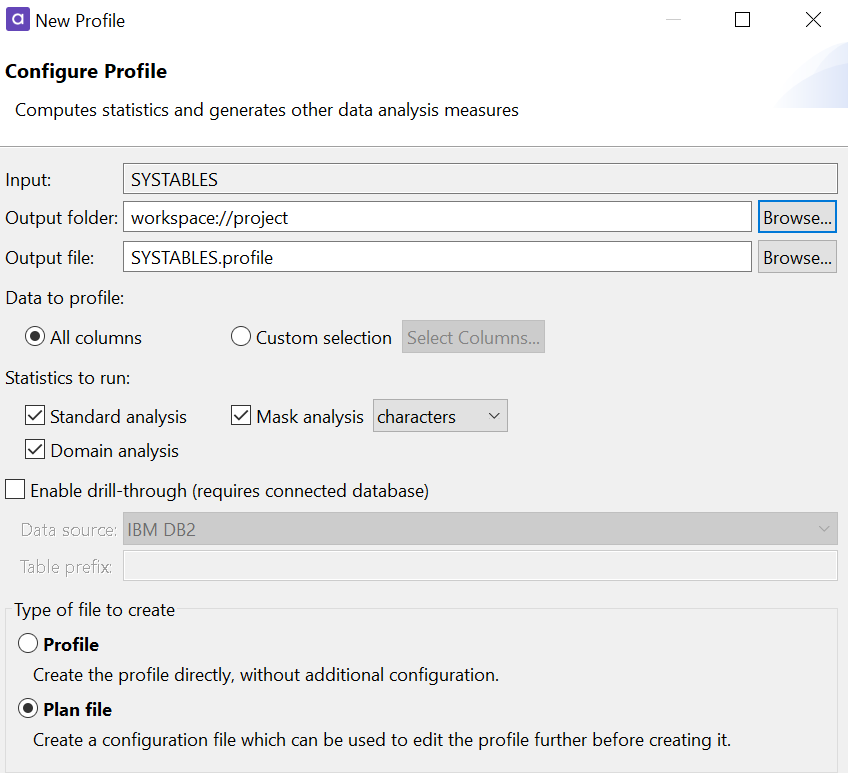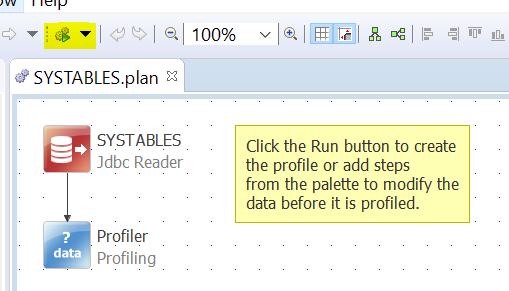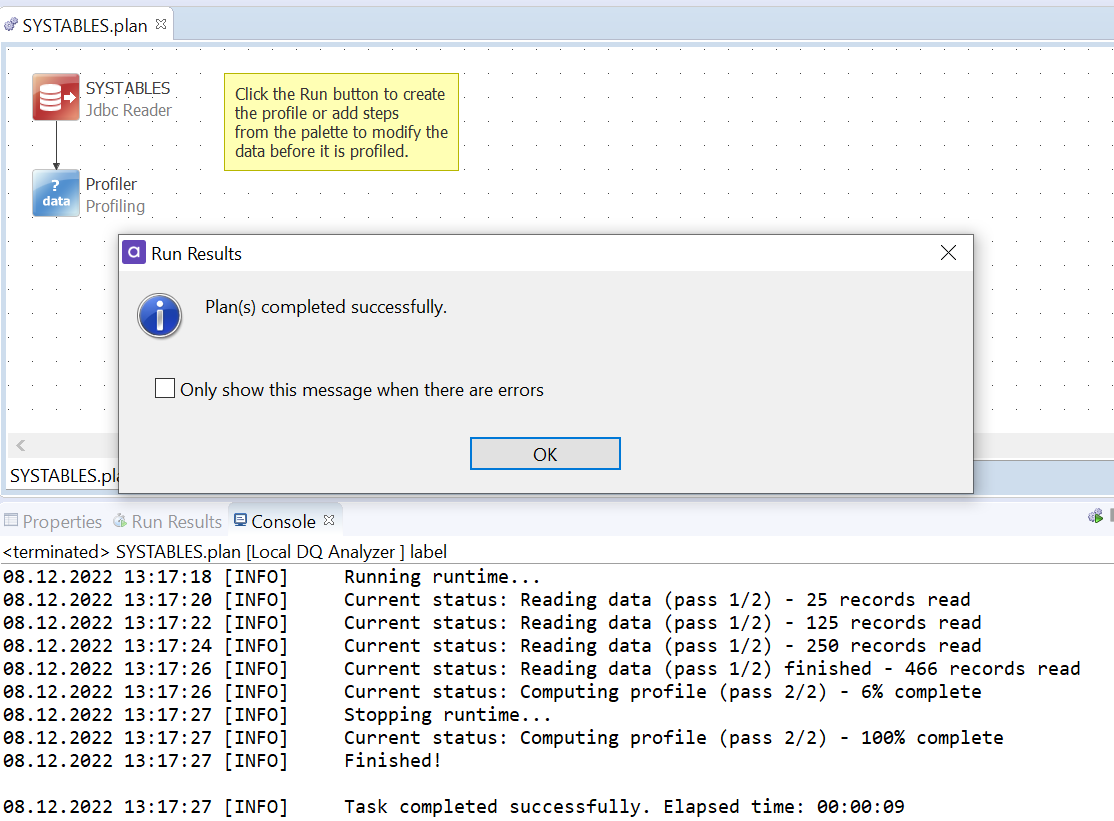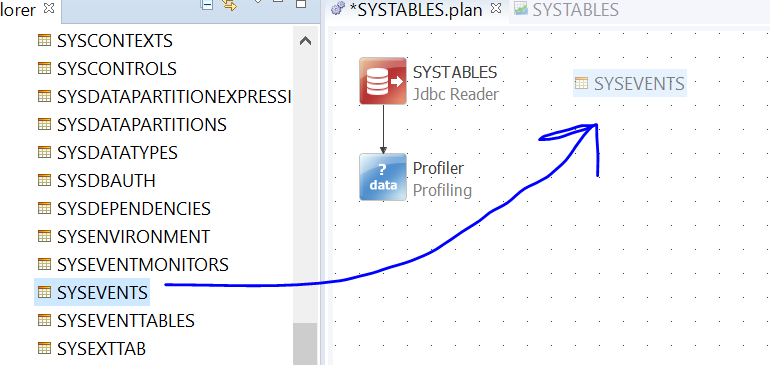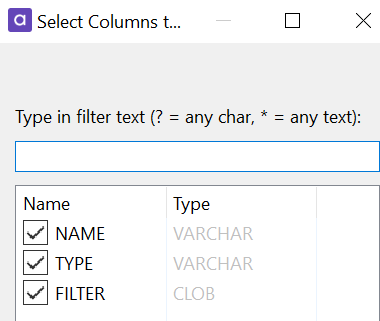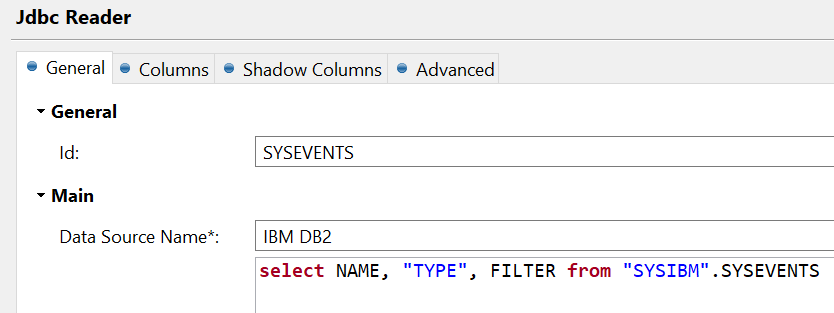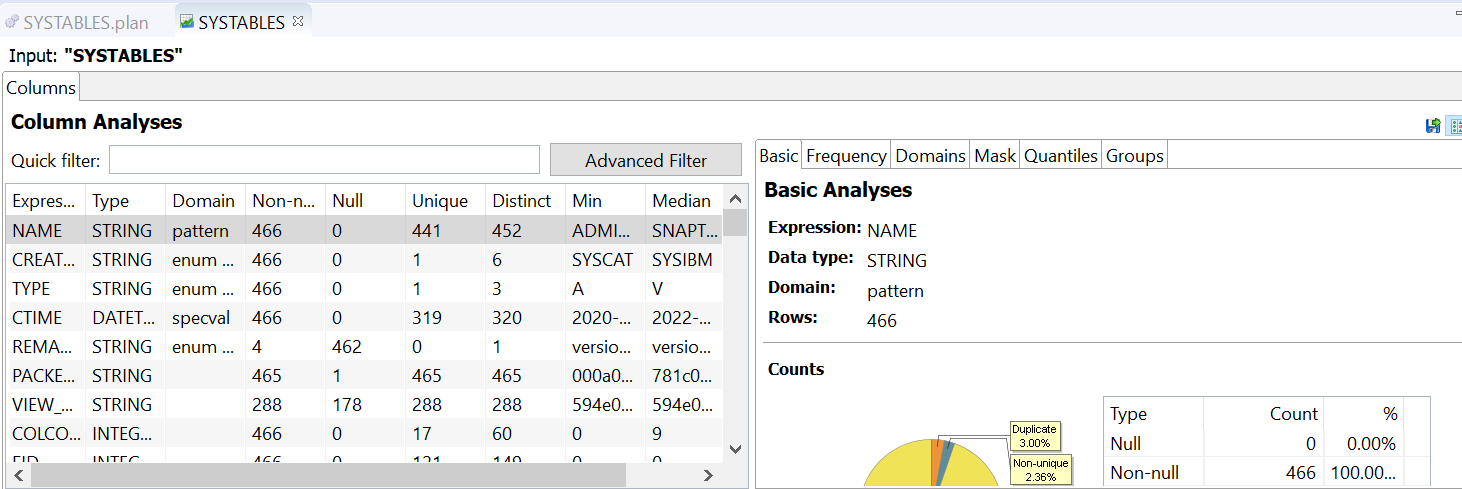I need to connect to an AS400 database. I have an odbc connection working for that but I can use ODBC with DQA. No OBDC driver is available. it is not like what is displayed on the FAQ support page when they explain how to connect to MS access using ODBC.
it seems the driver has disapeared :-(




